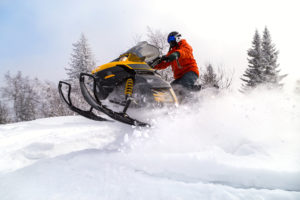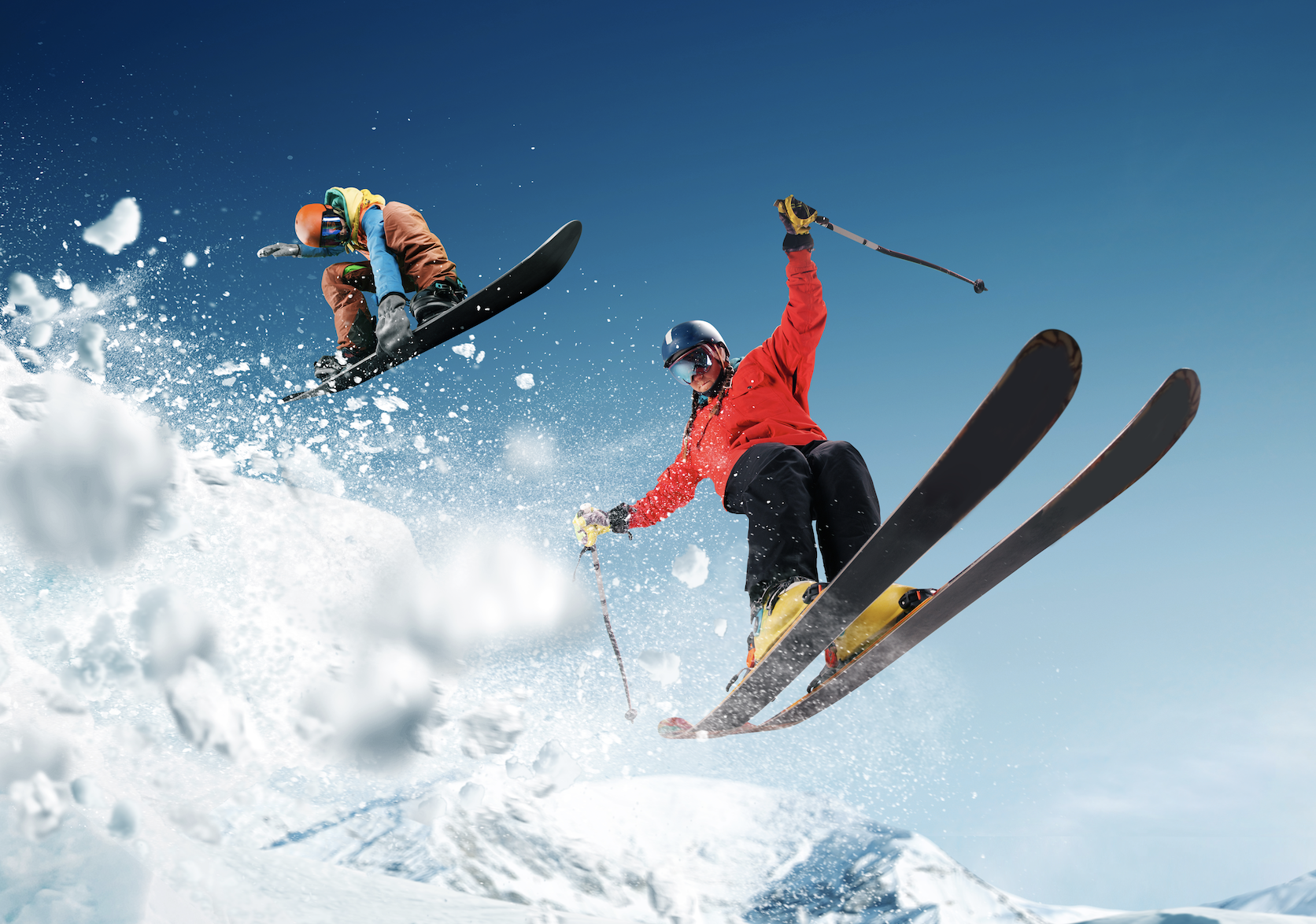There are an abundance of ways to get out and enjoy recreational activities in Ontario during the winter months. Unfortunately, there are also myriad ways in which serious injuries can occur during these ventures.
To make sure you’re protected, there are a number of precautions that should be followed, no matter which kind of pursuit you’re embarking on.
Let’s break it down by activity.
Snowmobiling
While zipping along on a snowmobile entails some thrill-seeking fun and adventure, a high-speed activity like this also comes naturally equipped with inherent risks—some of them serious.
According to Stats Can, an average 73 people die in snowmobile accidents every year. Risks greatly increase in the following circumstances, and should always be avoided:
- Driving while impaired
- Travelling at unsafe speeds
- Not wearing a helmet
- Travelling solo
- Venturing into areas covered in ice, or at risk of avalanche
Skiing/Snowboarding/ Sledding
More high-speed activities that can lead to serious outcomes in Ontario’s snow-covered winter wonderland. Head trauma is one of the most common concerns in these sports.
A John Hopkins study found that 20% of all ski- and snowboard-related injuries involve severe head trauma. And of those head injuries, more than a fifth are serious enough to cause a concussion or even loss of consciousness.
Safety Tips For the Slopes
According to the Canada Safety Council, the following safety tips can help you avoid becoming a statistic on the slopes.
- Obtain proper training and lessons
- Always wear a helmet – Studies have shown that helmets used for skiing and snowboarding are associated with a 60 percent reduction in head injuries.
- Never hit the slopes alone, always have a buddy.
- Only ski, snowboard or sled on hills that are appropriate for your skill level.
- Follow the Skier’s Responsibility Code, including: Always staying in control, being aware of your surroundings and being able to stop or avoid other people or objects, and obeying posted signs and warnings.
Walking On Snow-and-Ice Covered City Streets & Sidewalks
Although it doesn’t sound too risky, and is certainly not a high-speed endeavor, slip and fall accidents are more common than one might think during our winter months.
How serious can a “slip and fall” be on Ontario’s wintry walkways?
- Traumatic brain injuries are most commonly caused by falls
- Slip and falls are the leading cause of traumatic spinal cord injuries
- 20% of falls cause serious injury, such as head trauma or broken bones
If you’re taking steps on Ontario’s slippery winter surfaces, here are the steps you can take to minimize your chances of a slip and fall injury.
- Stay alert to hazards, often covered in snow, such as patches of ice, potholes or even litter which can cause a trip
- Keep your balance by keeping your hands free
- Stick to properly cleared public pathways
Keep in mind, there are certain minimum maintenance standards that must be upheld by Ontario municipalities for clearing ice and snow. Look for the safest route to your walking destination.
More advice on staying safe from slip and falls can be found here.
Whatever the outdoor activity you’re engaging in this winter, there will be some inherent risk. But by following these and other safety tips, you can help minimize your prospects of a serious injury.
If you or a loved one has fallen prey to a winter hazard, contact Horowitz Injury Law immediately for a free consultation. We’ve been handling serious injury cases like these for over 35 years. Call us at 416-925-4100.




